Sex and cycling - cyclists do it better
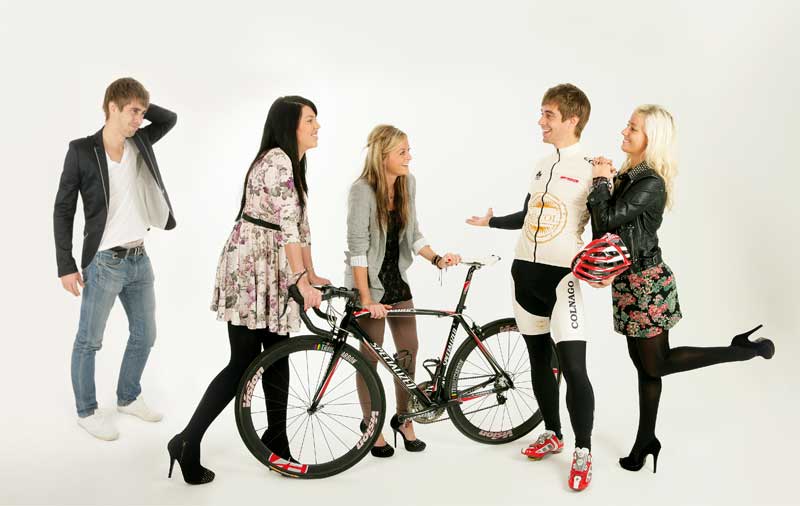
No one wants to get injured and spend endless, wasted days and weeks off the bike suffering from back pain, stiff neck, torn muscles, pulled ligaments - the endless list of aches and pains that do nothing but make life a misery.
Cyclists are willing to put up with a lot of discomfort, but there is one injury that strikes fear into the heart of every male cyclist. It's a problem that we may even be willing to sacrifice our cycling to avoid - impotence.
The whole debate came to a head back in 1997 when an article was printed in an issue of Bicycling magazine. The article referenced an unpublished study by well-known urologist Irwin Goldstein, suggesting that bike seats crush the main artery to the penis, causing permanent impotence.
The belief was that sitting on a bicycle for long periods of time exerts high pressure to a very sensitive area - the perineum, which lies between the genitals and the anus. This particular area is full of nerves and blood vessels. Excess pressure on the perineum harms the nerves and impedes blood flow, causing tingling or numbness, and eventually, erectile dysfunction.
According to Bicycling, Goldstein tested a group of 100 bike-riding males who had come to him for treatment of impotence.
Goldstein measured blood flow to the penis while the subjects laid flat on their backs as he applied pressure to the perineum with one of two cycling saddles or a chair. Goldstein says he found a 66 per cent average reduction in blood flow from a narrow saddle, a 25 per cent reduction from a wide saddle and no reduction from a chair. From these results, he concluded that repeated compression of the penile artery would cause it to flatten or become blocked, which would eventually result in the dreaded ‘I' word.
Inflated problem?
Get The Leadout Newsletter
The latest race content, interviews, features, reviews and expert buying guides, direct to your inbox!
However, as the years have passed, there has been no concrete evidence to support this claim, and while there have been published journals and studies, many experts say these reports are flawed.
William D. Steers, chairman of the urology department at the University of Virginia School of Medicine in Charlottesville, believes there isn't really a problem: "The whole cycling impotence thing is really out of proportion. In China 90 per cent of the male population cycles, and they don't seem to have a problem maintaining the population."
However, one study which conducted a survey shortly after a Norwegian endurance bike race, showed that 20 per cent of the competitors reported penile numbness lasting a few minutes to a day or more after the event, and that 13 per cent of riders reported temporary impotence.
So there may be some truth out there on this taboo subject, but opinions are still mixed on the specific effects and the problems.
Risking it?
It doesn't take a genius to work out that long hours in the saddle are going to cause some people some numbness and discomfort. But do these feelings necessarily lead to long-term impotence?
We all know the huge health benefits of cycling, and many experts believe that these should outweigh any fears of impotence.
In fact, did you know that the rise in blood oxygen levels brought about by partaking in high aerobic activity such as cycling produces feelings of intense well-being and increased sexual vitality? And according to some research, cycling has the power not only to make you more desirable to the opposite sex, but also to increase your level of sexual satisfaction, and even your lovemaking ability.
"Will biking cause impotence for the average cyclist? Does that risk outweigh the sport's cardiovascular benefits?" questions Harin Padma-Nathan, MD, a clinical professor of urology at the University of California School of Medicine. "The answer is no, on both counts."
There are several simple steps you can take to avoid perineal numbness over the course of a ride. Well-fitting shorts, preferably with high-quality chamois or gel inserts, are a good starting point to ensure minimum discomfort. Applying chamois cream pre-ride is also advisable, though it doesn't have to be Assos's finest; successful DIY methods include using everything from Savlon to Vaseline and even nappy rash cream!
When out on the bike, ensure that you get out of the saddle every five minutes to keep the blood flowing. However tired you are feeling at the end of a ride, it is important to get out of sweaty kit and jump into the shower as soon as possible to avoid the growth of any fungal nasties downstairs.
If numbness is a persistent feature of a ride, changing your saddle position could make all the difference. Failing that, a new saddle might not go amiss - everyone's anatomy is different, so different seats work for different people. Saddles with pressure- reducing cut-outs, have become de rigueur in the market over the last decade.
The other important thing to have checked is your riding position. If you are rotating your pelvis forward this can put more pressure on soft tissues. Ideally your weight should be carried through your sit bones (ischial tuberosities), the nobby bones you can feel when you are seated. If the reach of your bike is too long it may encourage you to rotate your pelvis forward. Unfortunately, aero positions for time trialling accentuate this tendency even more. Try to limit the time spent in a deep aero position to essential training and race day.
Cycling most definitely has its benefits, but so what you may ask? You may look more appealing to the opposite sex. You may even be more successful in your love life. But is it really that important? Are we so shallow that all we care about are our appearance and sexual conquests?
Well, according to recent research, the importance of being an athlete in the bedroom as well as on the bike may be justified on health grounds. Michael Roizen, a doctor who chairs the Wellness Institute at the Cleveland Clinic says: "For men, the more the better. The typical man who has 350 orgasms a year, versus the national average of a quarter of that, lives about four years longer."
He goes on to say that 700 orgasms a year could add up to eight years to your life. 700! Nice work if you can find it.
Although this research is relatively recent, many other studies have backed up his claims. One Swedish study conducted back in the 1980s found that 70 year olds who made it to 75 were likely to be the ones still having sex.
And it was only 10 years ago when British scientists interviewed 1,000 men in six villages in Wales about the amount of sex they were having. Their results, which were based on death records, found that men who had two or more orgasms a week had died at a rate half of that of the men who had orgasms less than once a month. Who said too much of a good thing is bad for you?
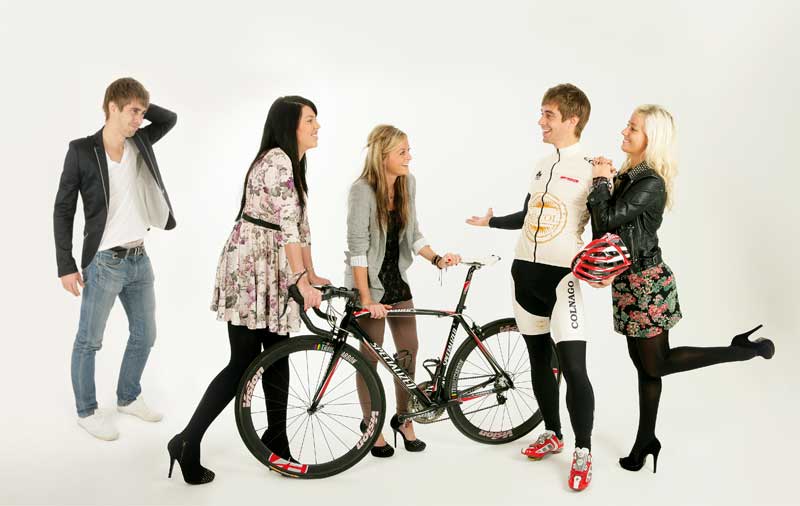
Six reasons to keep on riding
Cycling may have more benefits than you would initially think. Here are just a few of the reasons why cyclists do it better than others:
Get the blood pumping
Cycling is one of the best exercises for building the cardiovascular system. According to cardiologist Michael Crawford, MD, "A well-trained heart can pump up to 50 per cent more blood with every beat compared to an untrained one. It's your sexual drumbeat." And we all know how important maintaining good blood flow is!
Heightened sex drive
A study was conducted at the University of California looking at the sexual behaviour of two groups of middle-aged men. The first group followed a regular training plan, which involved exercising for one hour, three to four days per week. The second group didn't exercise and after nine months, those in the first group reported a 30 per cent increase in the frequency of sex with their partners.
Going that extra mile
Just like in cycling, it seems some can last longer than others.
Cycling is up there as one of the best sports for cardiovascular conditioning, leading to an increase in your energy levels elsewhere in your body, resulting in you taking longer to tire!
Also, strenuous physical activity makes you more attuned to your body and its sensations. That's a good thing, right?
Stronger muscles
No, not that muscle! Cycling builds powerful leg, buttock and lower back muscles. According to Dr. Matthew Forsyth, MD, a urologist and cyclist in Portland, Oregon, "All these muscles are used during intercourse. The better developed these muscles, the longer and more athletic intercourse will be."
Exercise high
It's a well-known fact that hormones called endorphins are released during and after physical exertion and produce a feeling of satisfaction and extreme well-being.They are sometimes called the body's own opiates. But did you know that they can also make you feel aroused? Researchers at the University of Chicago discovered that one in four women had experienced sexual arousal while exercising.
Confidence in yourself
At the end of a long and testing ride, although you may feel a little tired initially, the feeling of accomplishment burns brightly from within. Confidence in your ability and physical prowess will not only make you feel sexier, but will often be reflected in the way you are perceived by others.
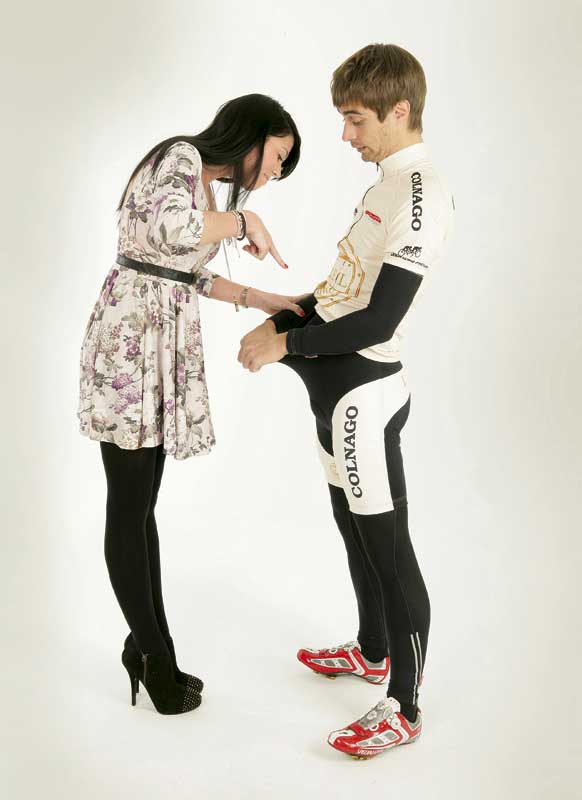


Thank you for reading 20 articles this month* Join now for unlimited access
Enjoy your first month for just £1 / $1 / €1
*Read 5 free articles per month without a subscription

Join now for unlimited access
Try first month for just £1 / $1 / €1
Founded in 1891, Cycling Weekly and its team of expert journalists brings cyclists in-depth reviews, extensive coverage of both professional and domestic racing, as well as fitness advice and 'brew a cuppa and put your feet up' features. Cycling Weekly serves its audience across a range of platforms, from good old-fashioned print to online journalism, and video.
-
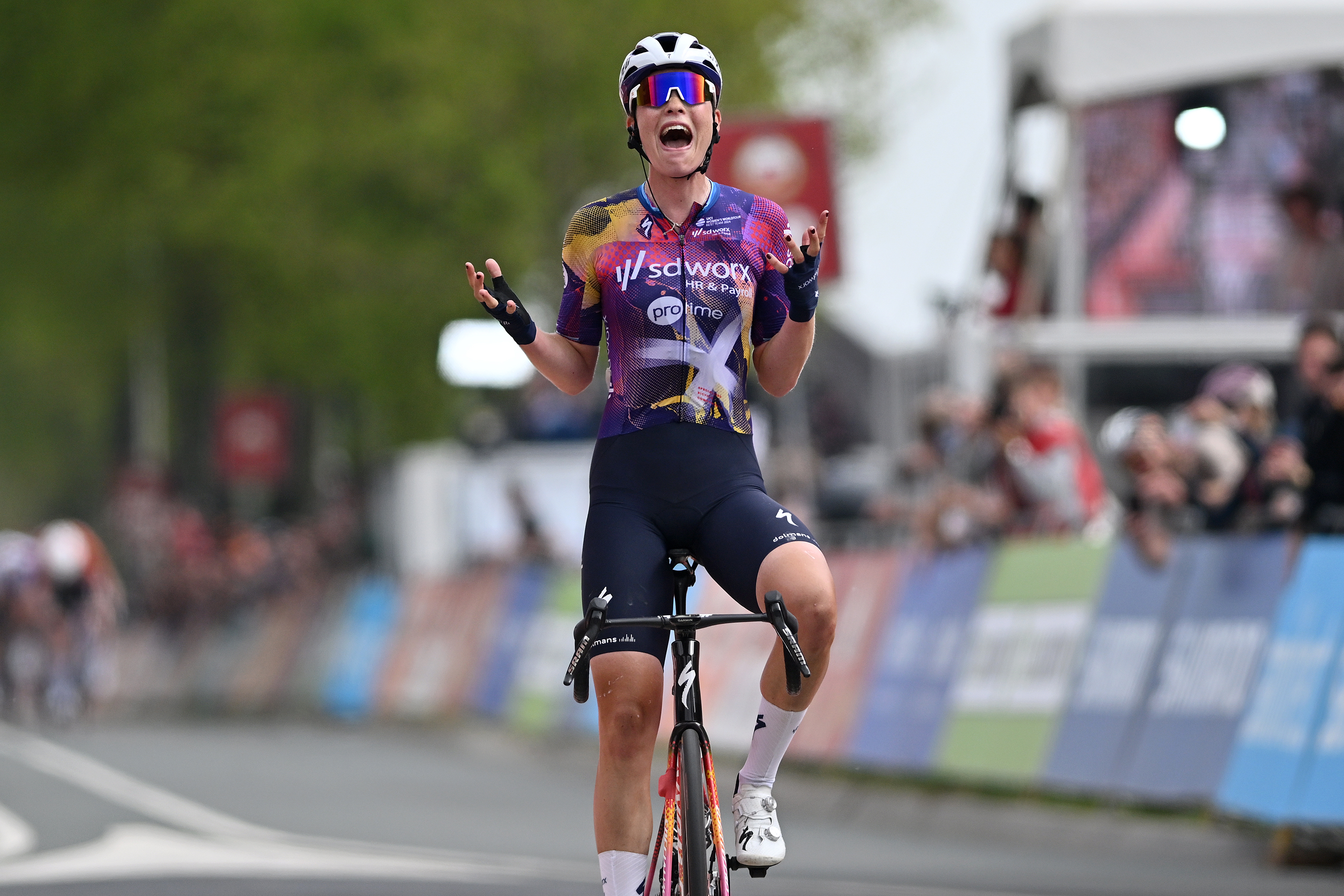 'All or nothing' - Mischa Bredewold wins Amstel Gold Race with stinging late attack
'All or nothing' - Mischa Bredewold wins Amstel Gold Race with stinging late attackDutchwoman takes first big Classics win of her career
By Tom Davidson
-
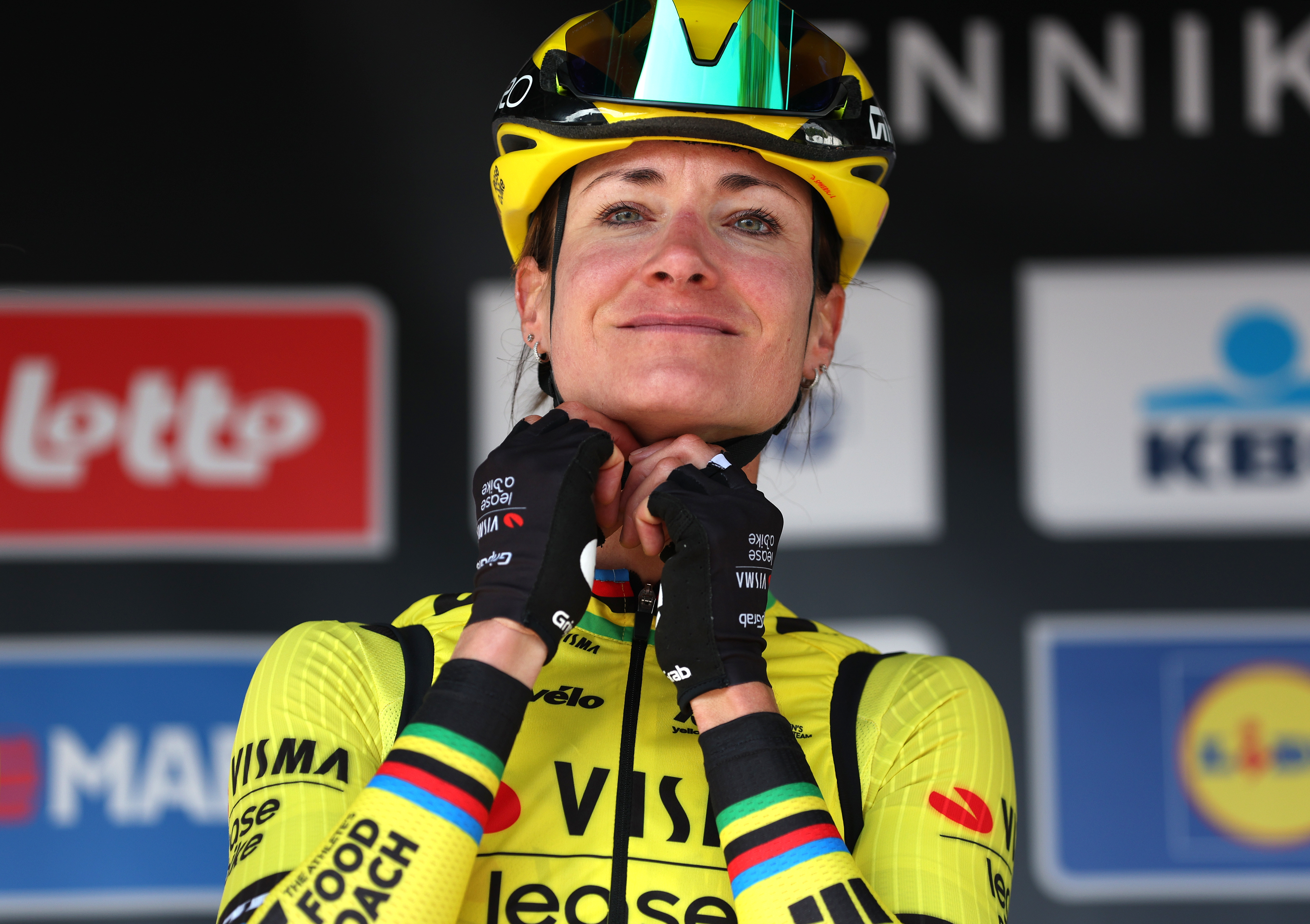 Marianne Vos signs career-long 'forever' contract with Visma-Lease a Bike
Marianne Vos signs career-long 'forever' contract with Visma-Lease a BikeFormer world champion becomes team's second rider to pen indefinite deal
By Tom Davidson